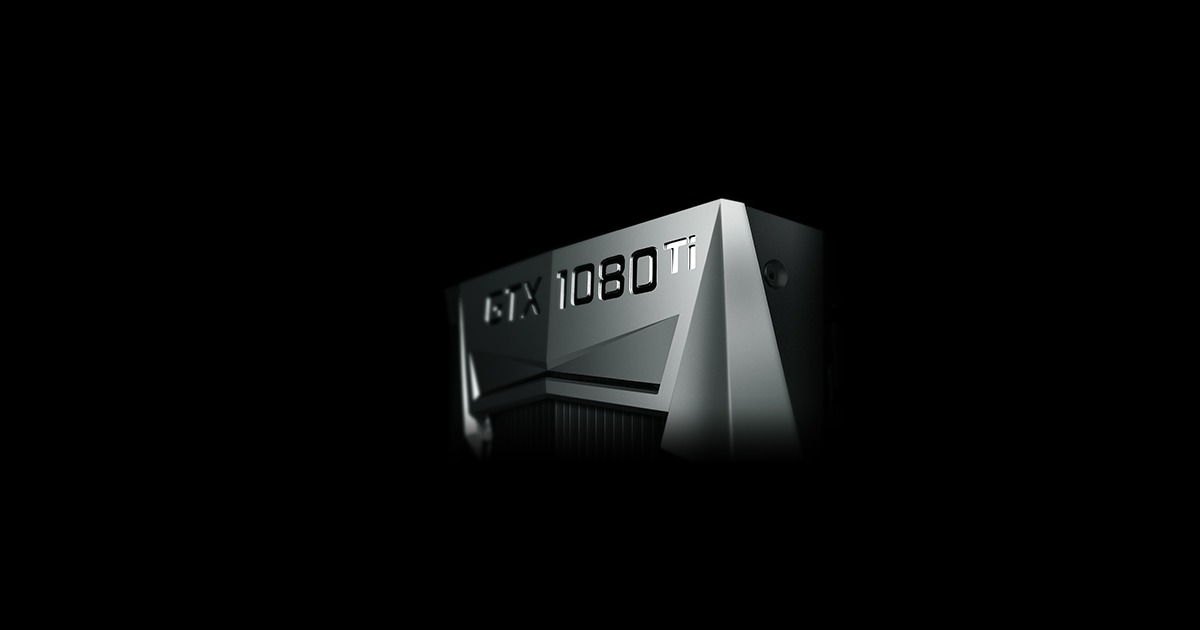I will borrow a statement from quora.
"DDR4 and GDDR5 both have common core technologies, but they are optimized to serve different types of microprocessors.
To understand it, you first need to understand the difference between CPU and GPU:
- CPUs are designed for different types of latency sensitive tasks which makes them complex. Circuits become complex and they are designed with Complex Instruction Sets. That's why it's very difficult to pack large number of cores in a CPU chip (High-end workstation CPU AMD Threadripper provides 32 physical cores which is still much lower than even low-end GPUs which offer hundreds of physical cores).
- GPUs are designed for same type of bandwidth sensitive tasks. It allows GPUs to have simple circuits and that's why they able to pack hundreds and thousands of Reduced Instruction Set based cores. Unlike CPUs, GPUs use parallel computing architecture and are optimized for raw throughput rather than latency.
So, it boils down to latency vs bandwidth.
DDR4 is designed for transferring small amounts of data quickly, at the expense of aggregate bandwidth.
GDDR5 is purpose-built for bandwidth i.e. moving massive chunks of data in and out of the framebuffer with the highest possible throughput. This is made possible by a much wider bus (anywhere from 256 to 512 bits across 4-8 channels; DDR4's bus width is merely 64 bits per channel). But, it comes at the cost of increased latency via much looser internal timings when compared to DDR4 (latency isn’t entirely an issue with GPUs, as their parallel nature allows them to move across multiple calculations simultaneously).
If we start using GDDR5 for system RAM, it'll slow down the system as CPUs execute tasks in sequence (a task's execution will be delayed just because a task which came before it got executed with higher latency)."
https://www.quora.com/Why-do-we-sti...GDDR5-for-a-long-time-and-some-even-use-GDDR6
I think that if we could we already would, basically it comes from the description to build logistics.


